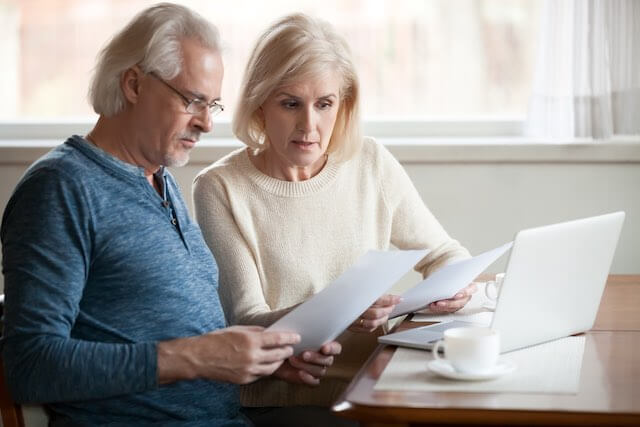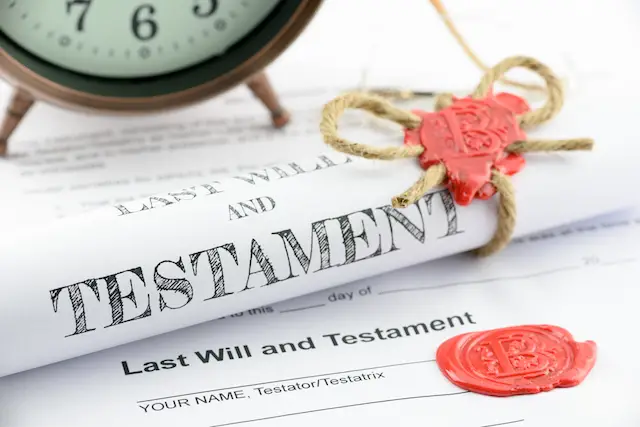You are awakened by a call on your cell phone. It is sometime between 3 a.m. and 5 a.m. In Swedish folklore, it is called the hour of the wolf. Supposedly this is the time when the most deaths and births occur. It is an emergency medical technician. She tells you she is with your father and they are en route to the hospital. She wants to know what medications he is currently prescribed.
Medical emergencies are too late to create a list. Not being prepared for such a contingency is dangerous for someone in an ambulance. However, it is worse for a person hundreds of miles away. Explaining to a stranger on the phone you have no idea of the medications and stumbling for answers to other critical questions can be numbing to the point of feeling powerless.
I want to provide you with a source of power to prepare you for the hour of the wolf phone call. “The human animal differs from the lesser primates in his passion for lists.” I think the late journalist and humorist, Harry Allen Wolfgang Smith was on target with this advice. Lists are important to us because they offer us a sense of power.
In her emergency medical checklist for older adults, Lauren Levey’s introductory paragraph available online at Care.com sums up a possible reality many of us face. Her article should deliver a sense of empowerment if you have elderly parents. Also, you can provide your children or relatives a favor by reading it.
“No emergency is simple, but those with seniors can be even more complicated due to numerous medications, doctors, insurance coverage, and the degree of chronic or acute illnesses involved. And when there is a mix of family members or caregivers involved, it becomes even more essential to have this information in a centralized location to keep everyone on the same — and most updated — page.”
Below is an abbreviated list of items shared in the article:
- Personal info
- Doctor info
- Hospital info
- All allergies, medications being taken, the dosage, and what the prescriptions are for
- Their relevant past medical history and current health conditions
- Medical insurance, prescription plans, and identification numbers.
- Social security number
- Durable power of attorney
- Health care proxy
- A Physician Orders for Life-Sustaining Treatment (POLST) or advance directive
- Their code status or do not resuscitate wishes
- Basic financial records
- Names and addresses of people to notify in case of an emergency
- Names and contact information for local clergy, if your parent or elderly relative has a preferred religious affiliation
So please read Lauren’s informative piece to fully appreciate the context detailed for the various items on the checklist.
I would also like to share my experience with creating checklists. The most important thing is to have a designated person responsible for the project. The greater the number of participants involved in the process the greater the possibility of diffusion or responsibility. Diffusion of responsibility can occur when too many cooks are involved and everyone assumes someone else is doing the heavy lifting while there could be no momentum in the endeavor.
One person should be appointed to create the checklist. Then others can review it and make recommendations. Then the finished checklist can be shared so all including the parent are on the same page. Redundancy is a good thing. That way, whoever gets the phone call during the hour of the wolf is ready to talk to the emergency medical technician if a bedside copy of the checklist was not discovered.






